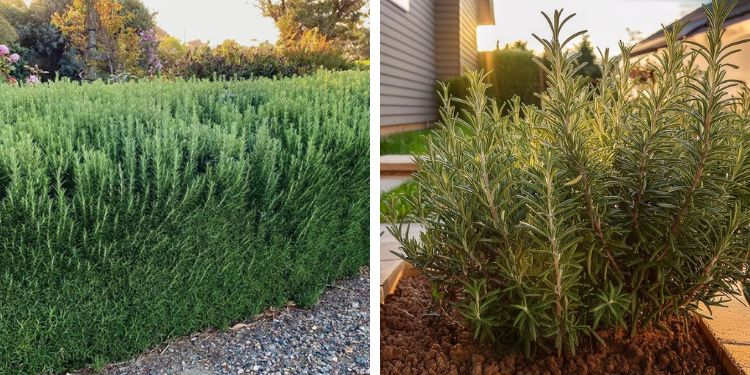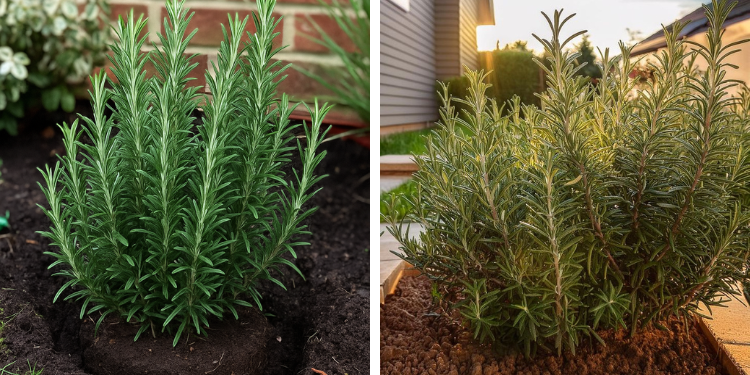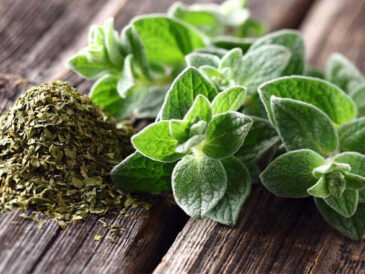Common Rosemary Growing Problems (and How to Fix Them)
Even the hardiest rosemary plants can face challenges. Here’s how to troubleshoot the most common issues:
1. Yellowing Leaves
Cause: Overwatering or poor drainage.
Fix: Allow soil to dry out, improve drainage, and remove affected parts.
2. Drooping or Wilting Plant
Cause: Underwatering or root rot.
Fix: Check roots – if black and mushy, repot immediately in fresh soil.
3. Powdery Mildew
Cause: Poor air circulation or high humidity.
Fix: Prune to improve airflow, water at the base, and avoid overhead misting.
4. Pale or Weak Growth
Cause: Too little sunlight or excessive nitrogen.
Fix: Move to a sunnier spot and reduce feeding.
5. Woody Stems and Sparse Leaves
Cause: Lack of pruning.
Fix: Trim regularly during growing season to encourage new soft growth.
Why Rosemary Is Worth the Effort
Beyond its kitchen uses, rosemary offers an array of wellness and garden benefits that make it one of the most rewarding herbs to grow:
- Aromatherapy: Its scent boosts mood, focus, and memory.
- Pest control: Repels mosquitoes, cabbage moths, and carrot flies naturally.
- Pollinator magnet: The small blue flowers attract bees in spring and summer.
- Evergreen charm: Adds texture and greenery to gardens even in winter.
- Longevity: With proper care, rosemary can live 10–15 years or more.
Once established, rosemary asks for very little – sunlight, drainage, and an occasional trim – and gives back abundance year after year.
Growing rosemary that thrives for years isn’t difficult – it’s about understanding its natural roots.
This herb doesn’t like to be pampered. It wants sun, air, and a little neglect – conditions that mirror its wild Mediterranean origin.





